What Are PPC Ad Networks?
PPC marketing is an indispensable tool for selling traffic from your website or getting traffic to your project. Today, we will speak about platforms in terms of buying traffic. PPC is certainly not the only tool and it should be integrated with other methods of promotion. Nevertheless, PPC is alive and in demand. That’s why many companies create their own platforms to sell traffic. Nowadays, there are plenty of networks utilizing this internet-advertising model. They deliver paid traffic directly to the website that allows you to boost sales and attract new purchasers. The main point is to create valid ads to get through to new clients and to optimize the site to make user interaction with it easy and comfortable. The main pay-per-click ad networks are Google Ads (ex. Google AdWords) and Bing, but there are other networks that are worth your attention:- Bing Ads displays ads on Bing and Yahoo.
- Facebook Ads host a great variety of ad types.
- Google Ads has a plethora of advertisers primarily based in the area of website interests.
- Bidvertiser displays ads on third-party sites who sign up under their revenue-share scheme.
How to Use a PPC Ad Network?
Despite some differences between all PPC ad networks, the main principles are the same. You should create the semantic core and then write ads on their base. In a PPC campaign, you pay search engine per click to see your site at the top of the SERP. When the user clicks your ad, you pay the current cost from your budget. You should contribute to your PPC budget regularly in order to run your ads. If you don’t replenish your funds, search engines stop displaying your ads. You can create several types of ads – Search, Local Search, Display, Remarketing, Pre-roll, Social and others. There are some peculiarities in setting different types of ads and in the calculation of their ROI. Note, that some PPC networks are more text base (search engine’s networks) and some of them are image base (social media platforms).How We Estimate PPC Networks
Google and Facebook have become the most popular advertising platforms. That’s why they are the most expensive. Do you want to compete against numerous advertisers and to pay increased fees to be a leader? Then you should look beyond Google and Facebook. But, how are you supposed to choose the appropriate platform that meets all your requirements? Let’s look at the main evaluation criteria and key variables to take into consideration as you make your decision for the best PPC networks of 2019.- The device your target audience uses most.
- The targeting opportunities accessible to you.
- Run-of-network feature.
- A valid network’s niche publishers.
The 10 Best PPC Networks in 2019
Here, you can see the list of the best PPC platforms for your business. There are no perfect platforms among them. Each has its own peculiarities, pros and cons, and fits its certain business purposes.-
Google Ads
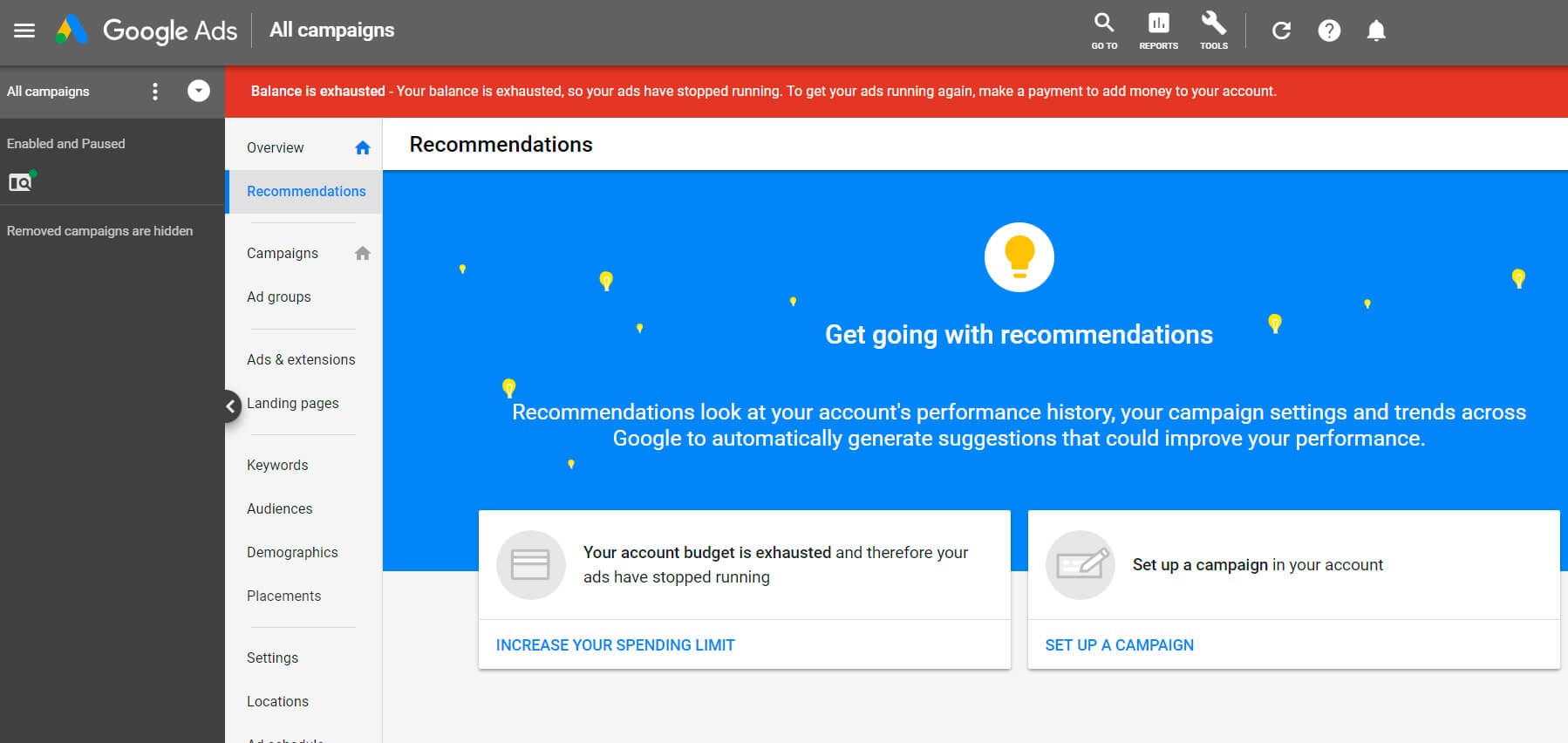
| PROS | CONS |
| Progressive, always provide new features for e-commerce businesses | Good skills are required for effective campaignes |
| Fits digital stores and B2B companies | Doubtful privacy |
| Relatively easy managing | |
| Flexible budget settings |
-
Facebook Ads

| PROS | CONS |
| Several variants of targeting | Averagely low CTR (of course, it depends on your settings) |
| Huge audience reach | You should change the ad’s text and images often (more often than in Google Ads) |
| Facebook Ads platform also includes Instagram |
-
Bing Ads
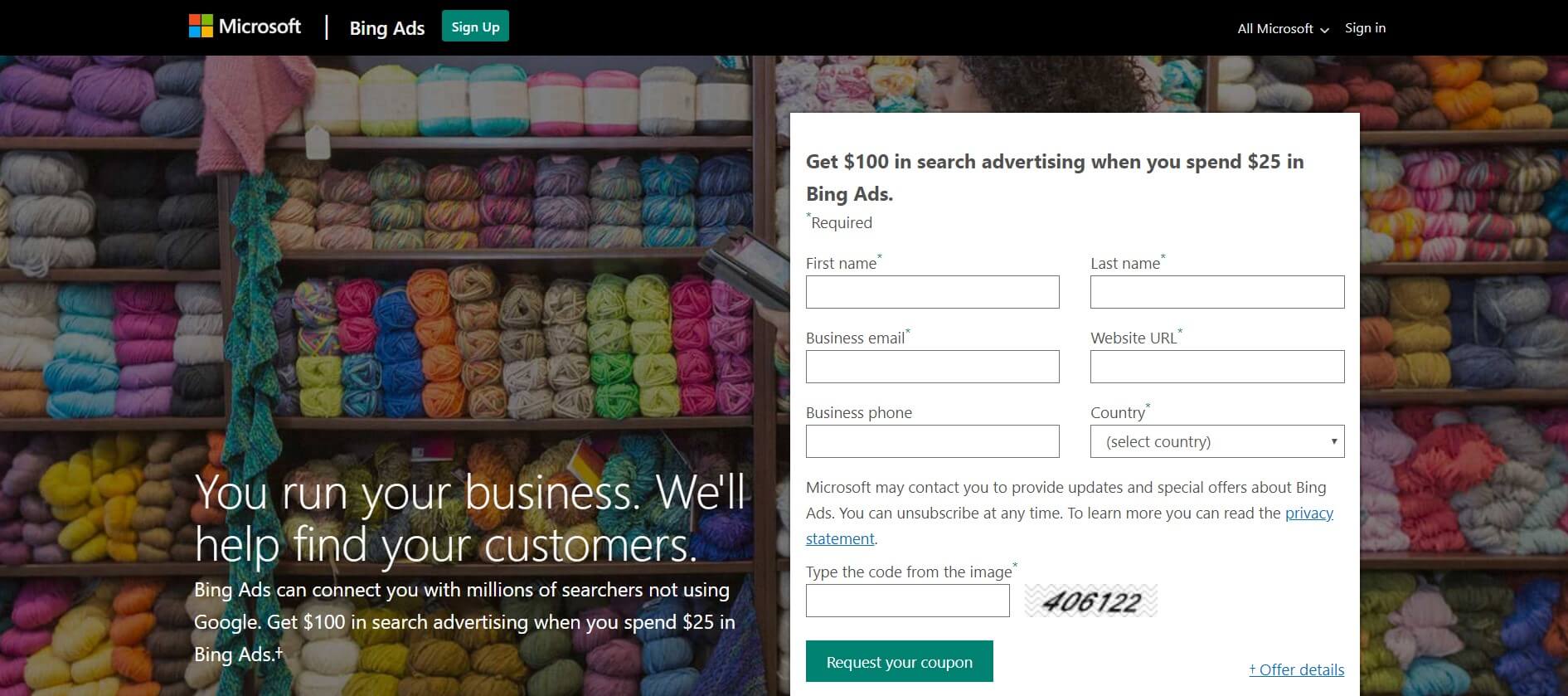
| PROS | CONS |
| Incredibly cheap clicks. | It still has very small audience. |
| A wide range of analytics to help you monitor your campaign. | Does not display ads on third-party websites in Yahoo. |
| Bing is popular just in a few countries |
-
Bidvertiser

- Medium Rectangle ( 300 x 250 )
- Vertical Rectangle ( 240 x 400 )
- Large Rectangle ( 336 x 280 )
- Rectangle ( 180 x 150 )
- Full Banner ( 468 x 60 )
- Half Banner ( 234 x 60 )
- Vertical Banner ( 120 x 240 )
- Square Button ( 125 x 125 )
- Leaderboard ( 728 x 90 )
- Wide Skyscraper ( 160 x 600 )
- Skyscraper ( 120 x 600 )
- Half Page Ad ( 300 x 600 )
- Mobile Ads ( 300×50 )
| PROS | CONS |
| Very low cost per click. | Fits only small advertisers. |
| Everything is segmented to know traffic sources. | Automatic optimization works poorly. |
-
Revcontent
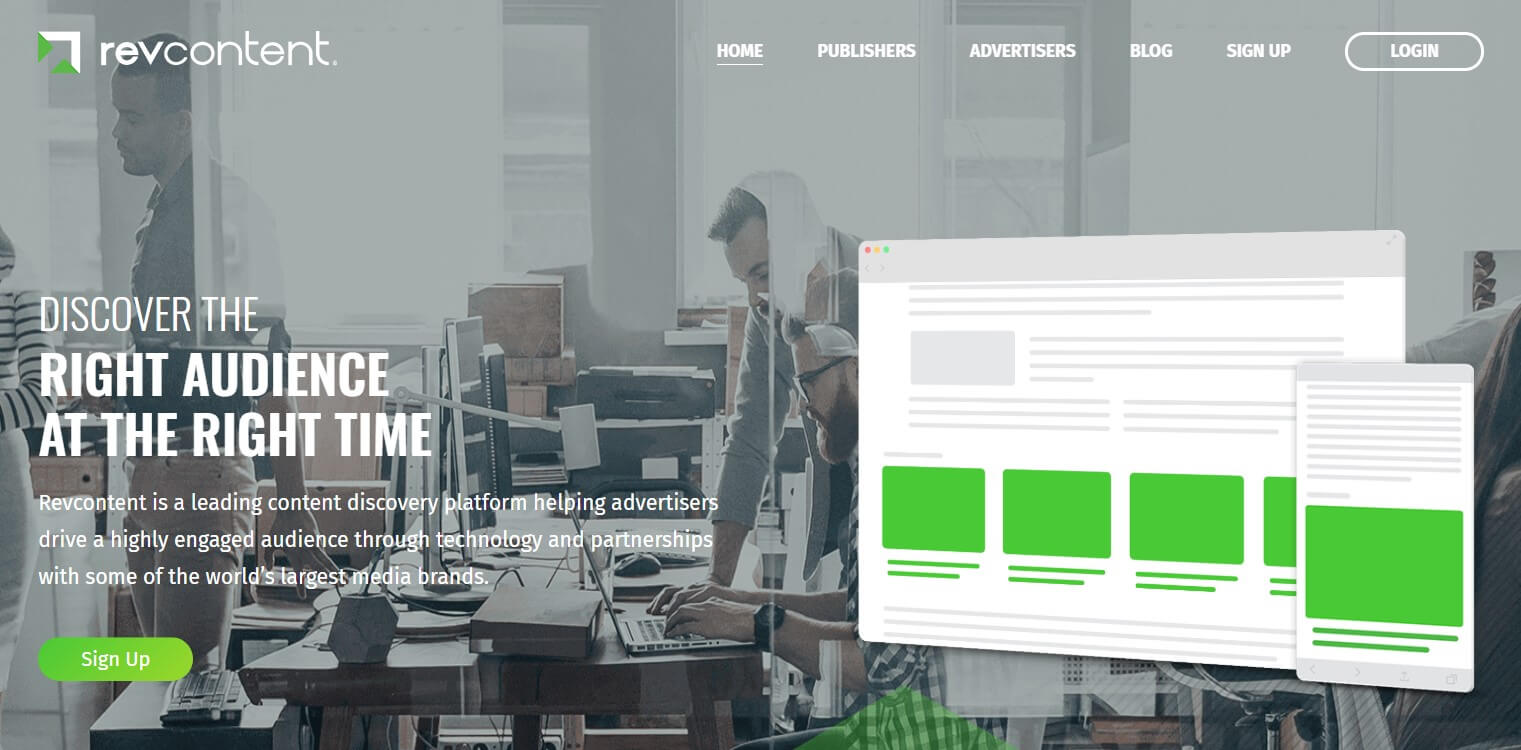
| PROS | CONS |
| Selective and premium native network (no low-quality sites). | Cross-company communication is a possible area for improvement. |
| Not your cookie cutter widget. | Lots of favoritism (they decline 98% of sites). |
-
Adroll
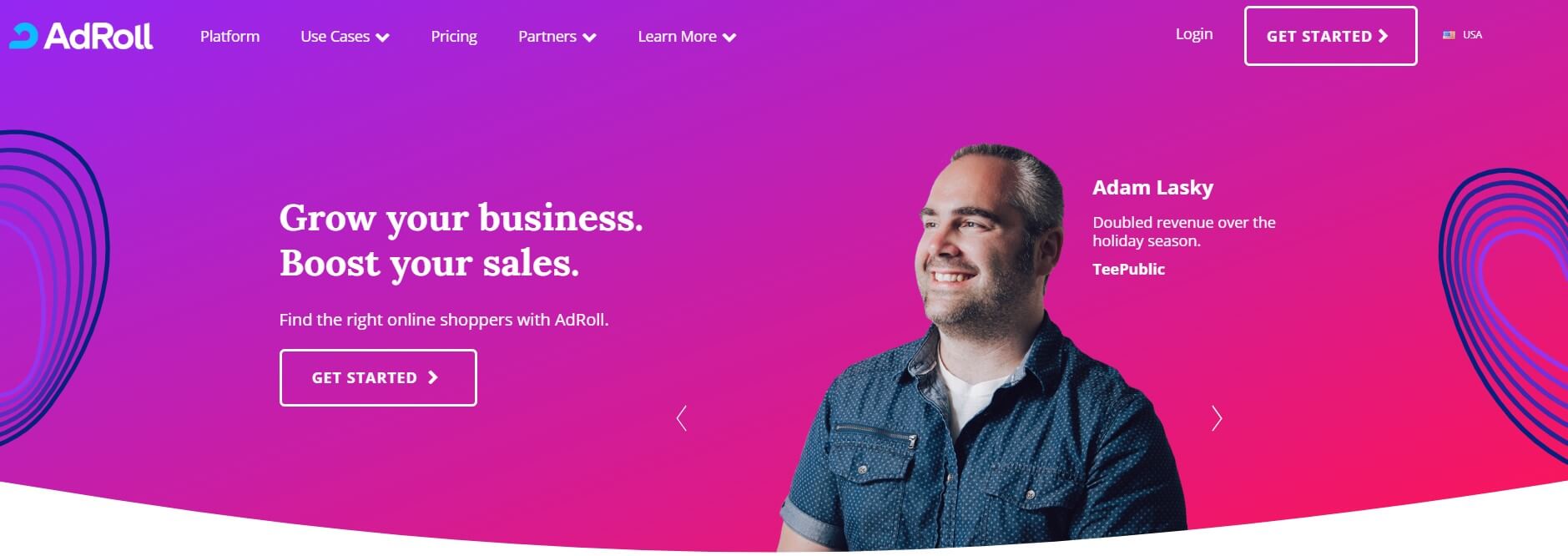
| PROS | CONS |
| Performs an analysis to compare with other companies. | The cost is a little high. |
| The dashboard is easy to use and understand. | Once you delete a campaign, it still shows up in your feed view. |
| The variety of retargeting capabilities on Adroll – particularly the CRM retargeting. |
-
Advertise.com
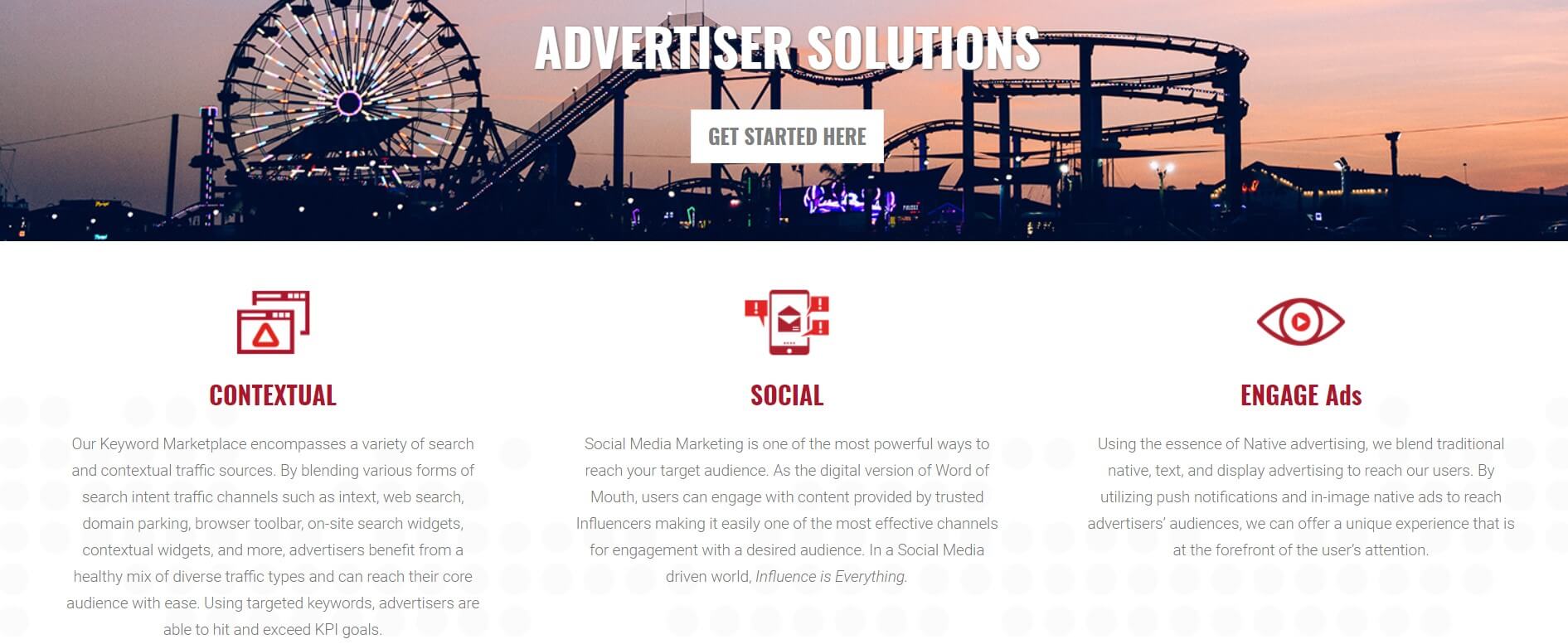
| PROS | CONS |
| It’s a lot cheaper than other providers of its category. | Deadlines never end and it becomes quite hectic at times. |
| Commendable to those with low budget. | The control panel is raw. |
| Offers a variety of current methods to advertise in the current market. |
-
Clicksor
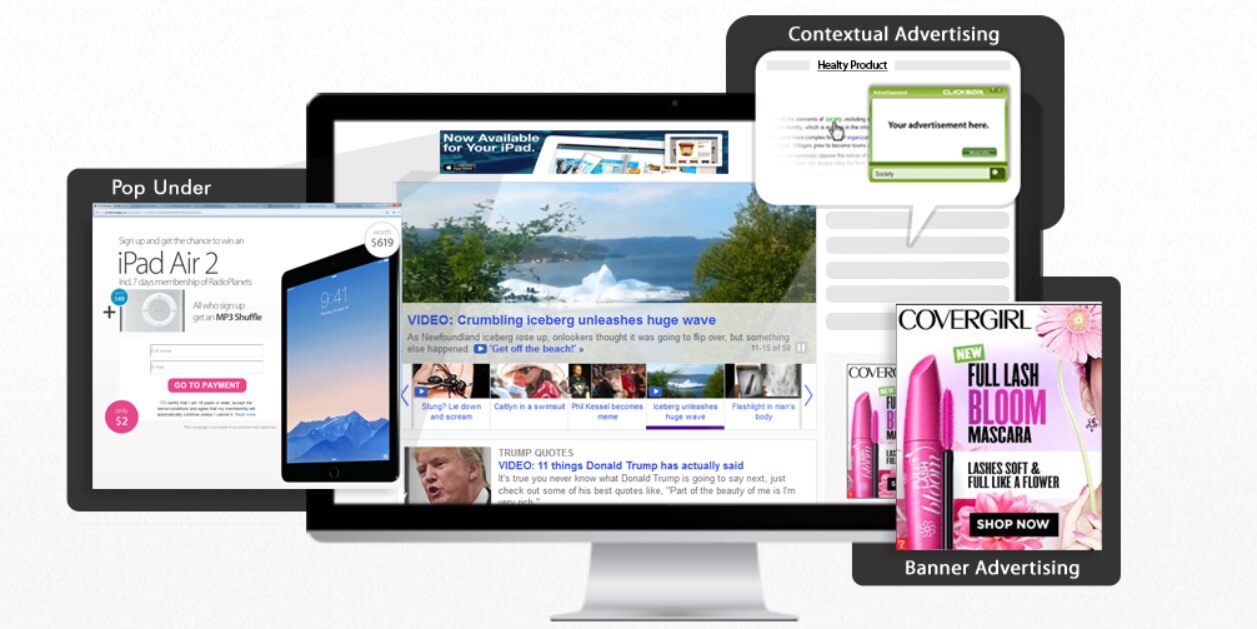
| PROS | CONS |
| $0.035 per click for the text ad and low rates for other advertising formats. | Poor ad relevance. |
| A long history in online advertising. |
-
Leadbolt
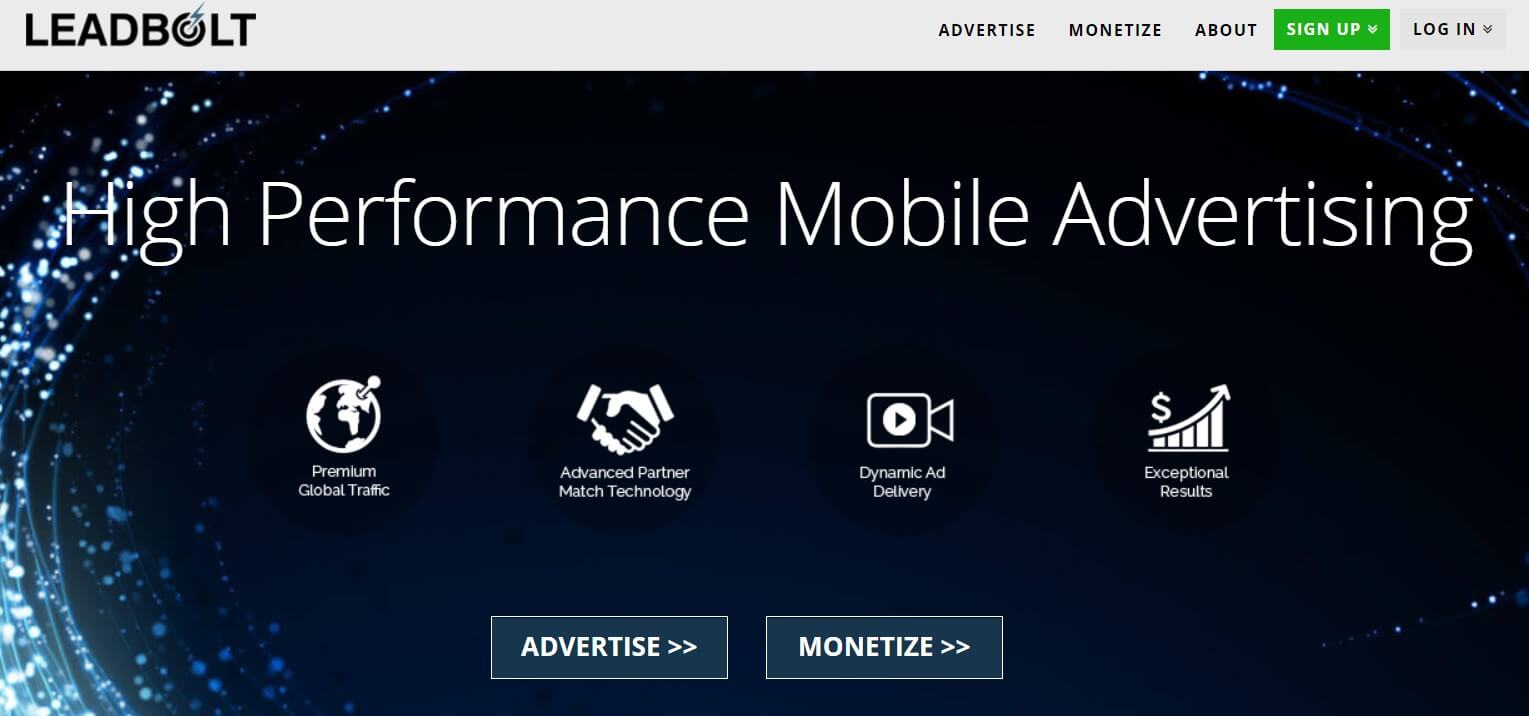
| PROS | CONS |
| Assisting in monitoring and optimizing campaigns. | It should improve by providing more types of ads like video ads, interstitial ads, etc. |
| Responsive account management team. |
-
Adrecover
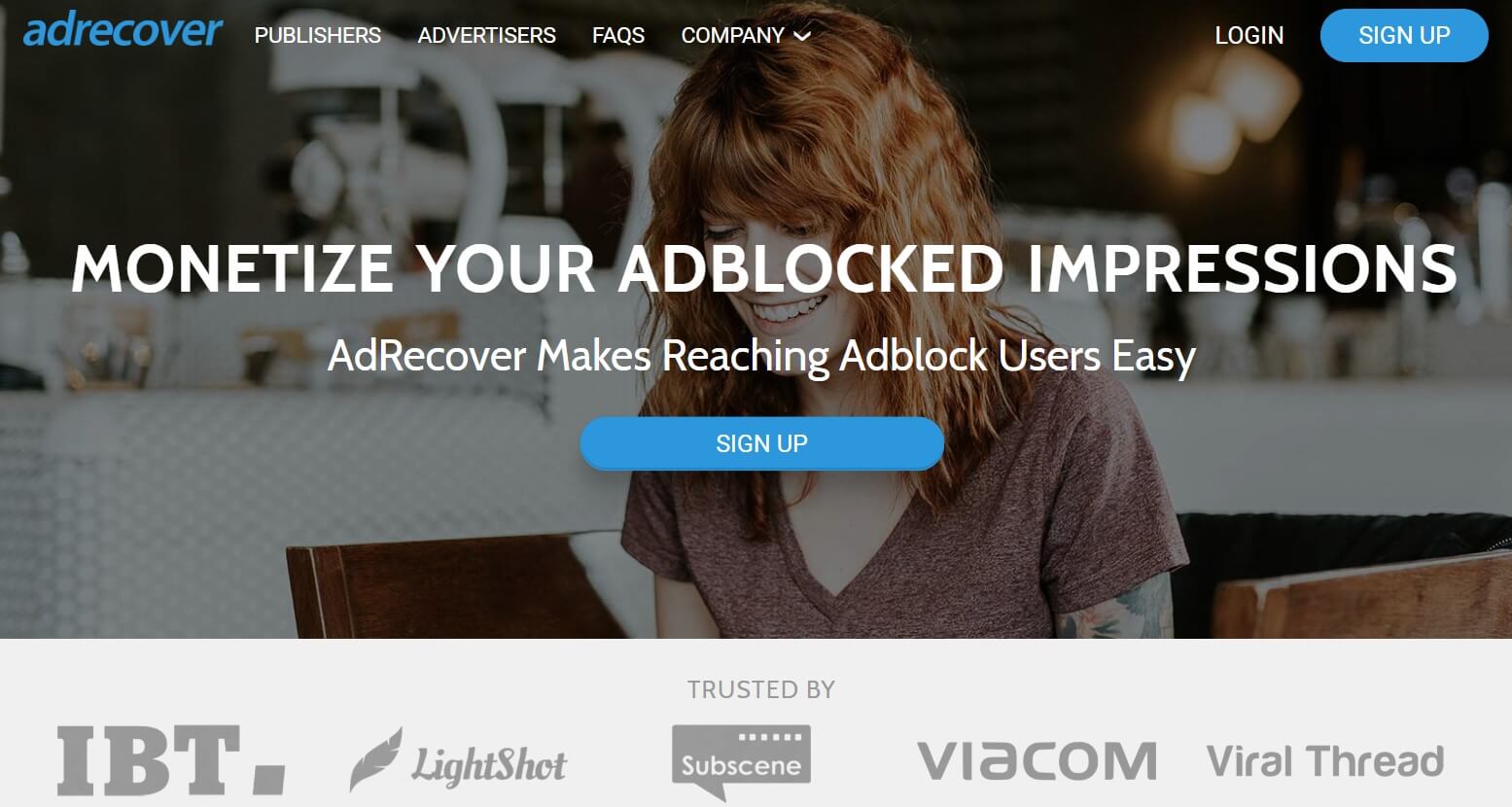
| PROS | CONS |
| Through AdRecover, you can target millennials with non-intrusive ad formats. | The control panel is raw. |
| The click-through rate on ads is higher than regular campaigns. | Slow support. |
| No obfuscation, polymorphic codes or ad fraud. |




